Vacation prep might just hold the secret to better change management.
I’m currently planning a trip to England and let me tell you: I am very excited. I’m dreaming of long pub lunches (what keto diet?), exploring all of the Liverpool Beatles landmarks, and a tour of Anfield stadium (home of my beloved Liverpool Football Club).
But something struck me the other day as I was researching places to stay and planning my itinerary.
I realized that the anticipation of this trip might be giving me more joy than the trip itself will. Not because the trip won’t be amazing. (It absolutely will; I will be hitting numerous bucket list items.) It’s because my brain is already cashing in on the excitement. This is not unique to me, it turns out, but rather a well-researched phenomenon.
The Science of Looking Forward
A 2010 study published in Applied Research in Quality of Life found that vacationers often experience the highest levels of happiness before their trip even begins. The act of planning, imagining, and looking forward to something positive can create a sustained boost in mood — sometimes more so than the event itself.
Why? Because our brains love a good story, especially when we get to be the hero.
Anticipation activates the reward centers in the brain, creating a feel-good feedback loop.
We imagine the best possible version of the future; in doing so, we start to feel like it’s already happening.
Now here’s where it gets interesting: what if we could apply that same insight to one of the most notoriously stressful things in the workplace: organizational change?
Change Management Could Use a Holiday
Let’s be honest: when employees hear about a big change coming — a new system, a reorg, a shift in strategy — their first reaction is rarely joy. More often, it’s fear, resistance, or confusion.
But what if we could turn that reaction on its head by borrowing some principles from the psychology of vacation anticipation?
Here are five takeaways from the research on pre-vacation happiness that can be directly applied to leading people through change:
1. Build positive anticipation.
Just as a countdown to a trip builds excitement, leaders should start building positive anticipation early. Describe the better future in vivid, emotional terms. Make the outcome feel worth looking forward to — not just logical or necessary.
2. Involve people in the planning.
Part of the joy of travel is choosing your own adventure. Give employees a sense of agency by inviting them to shape how the change rolls out. When people feel like co-creators instead of passive recipients, engagement skyrockets.
3. Offer previews and sneak peeks.
Travelers love photos, reviews, and sample itineraries. In the workplace, you can provide early demos, pilot programs, or walkthroughs to help people visualize what’s coming. Let them mentally “try before they fly.”
4. Map the journey.
Much like a travel itinerary, breaking the change down into clear, manageable steps helps people feel oriented and in control. Celebrate milestones along the way. Give people a roadmap that makes the change feel achievable.
5. Support the post-trip dip.
Just as travelers often feel a slump after returning home, employees may feel underwhelmed or disoriented once a big change is implemented. Don’t let the momentum die. Continue telling success stories, offering support, and reinforcing the new reality.
Your Next Change as a Journey
If you’re leading change, you’re not just managing logistics — you’re guiding an emotional journey. Think like a travel agent. Stir excitement. Tell a compelling story. Help your people pack their bags for success.
Because if planning a trip can make someone happier than the trip itself, imagine what that kind of anticipation could do for your next change initiative.
Now if you’ll excuse me, I have to go find out whether cream or jam goes first on a proper English scone. (Spoiler: it’s a heated debate.)
Want to explore this topic in more detail or learn more about Emerson? Hop on his calendar: Book a meeting with Rich




